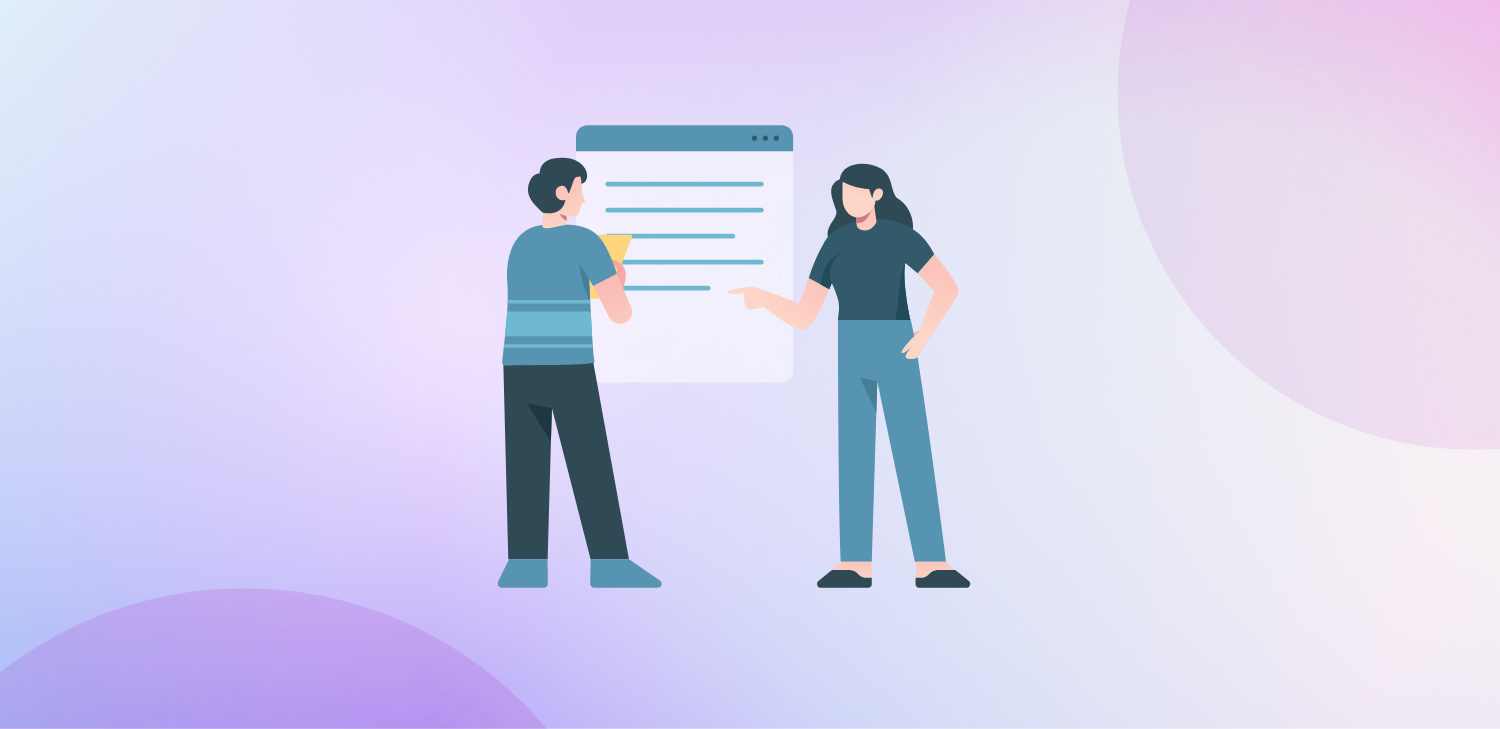Best Practices To Follow For Successful Channel Incentive Programs
As B2B industries evolve, the significance of channel incentive programs in driving partner engagement and loyalty has never been more crucial....
Platforms
Services
Promotions
.
Featured Guide
Industries
Resources
Explore
3 min read
 Kimberly Lyons
09/23/20
Kimberly Lyons
09/23/20
When whole industries go into survival mode due to extreme circumstances — like the impact caused by COVID-19 — these are the times that channel incentive and partner programs become even more useful. Forrester research showed that 39% of global B2B marketing decision makers were looking to improve partner experience in 2019 and because of all the changes 2020 has brought, creating a value-driven and beneficial partner experience has become even more important.
Now more than ever, B2B businesses have a vital need for channel partners that can upsell and cross-sell, maintain positive customer relationships, and drive product adoption among new customers. Channel incentive programs already provide numerous benefits and features that enable channel partners to achieve their goals.
Optimizing or improving key channel loyalty or incentive program areas in particular can go a long way to helping both B2B organizations and their channel partners to manage risks and improve performance.
When the norms are changing everywhere, the usual processes for identifying and engaging new prospects or working with existing customers might not prove to be as successful -- making it harder for partners to achieve their goals.
B2B businesses will need to lean more heavily on data capturing and analysis in order to maximize their current opportunities, scoping out future potentials, and identify where customer relationship-nurturing is needed the most. Channel partners will need data collection and measurement tools that can track ongoing fluctuations in sales and behavior patterns, and provide detailed insights and recommendations for how to move forward.
Typically a majority of channel revenue will come from the top fraction of partners, while the remaining bulk of the partner list are low-spenders. The obvious approach has been to focus efforts on the higher spenders who are already proven to be profitable.
But in truth every partner is equally important -- especially in times of uncertainty when businesses need every advantage they can get. Even if these "lower tier" partners are spending little to no dollars themselves, they could still be contributing to your bottom line by methods such as giving recommendations, passing along leads, and operating as advocates to retain existing customers.
B2B businesses can strengthen their overall sales prospects by 1) identifying these different types of partner segments, 2) understanding their motivators and reasonings, and 3) incorporating segment-specific engagement tactics and rewards into their overall channel strategy.
Channel partners aren’t the only ones who can benefit from improved data collection — B2B businesses can as well. You can identify new indicators of success during slowdown periods by incorporating B2B loyalty program analytics to help you track valuable partner actions and behaviors such as:
Tying which non-transactional actions eventually result in successful transactions — during both certain and uncertain times — will show which engagement areas you should prioritize and help give you an incentive game plan to drive more partners and customers along the same path.
Adjusting to new norms isn’t always as easy as powering up your work laptop on your kitchen table instead of your office desk. Workers in almost every industry are needing new training to handle both small and extensive changes — from learning new safety and sanitary guidelines, to understanding completely revamped product lines and sales strategies.
Training already plays a pivotal role in any good incentive program and it will only become a bigger priority in upcoming years due to ongoing shifts in buyer types, customer priorities, and brand goals. B2B businesses will need to invest in enhanced training and certifications for channel partners and sales teams in order to ensure they have the skills and knowledge needed to remain effective in the “new normal”.
In a study done in April 2020 Willis Towers Watson found that even as organizations with incentive programs expected their program results to be impacted by the disruptions and economic challenges caused by COVID-19, the majority of companies did not intend to make major changes to program design or functions -- and they definitely didn't intend to shut down their programs any time soon.
This is because channel incentive programs provide business value in difficult times as well as good times. They enable B2B businesses to help and support their channel partners by giving them the valuable tools, rewards, and tactics they need to overcome various challenges and continue making wins both big and small.
If you're looking for guidance on how you can adjust and optimize your channel incentives program in response to COVID-19, reach out to us today!

As B2B industries evolve, the significance of channel incentive programs in driving partner engagement and loyalty has never been more crucial....

There are several ways a sales and channel incentive program can benefit and improve B2B marketing efforts across the board -- when done right....

For B2B organizations, channel partnerships are a strategic, mutually beneficial relationships that help drive sales, increase market share, and grow...